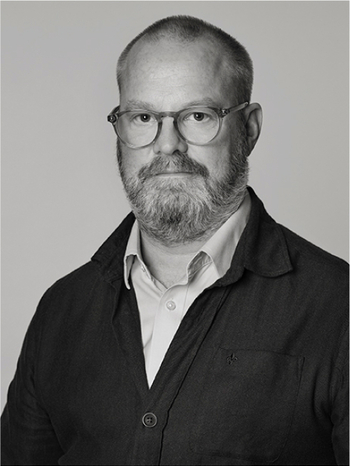Akseli Gallen-Kallela
An inland settlement under construction
Signed Gallen and dated 1904. canvas laid down on board 25 x 34 cm.
More information
Between 1901-03 Gallen-Kallela together with Pekka Halonen painted a cycle of frescoes on the subject of life and death taken from the Kalevala epos for a Mausoleum in Björneborg situated at Käppärä Churchyard, which had been commissioned by F. A. Jusélius in commemoration of his daughter who had died at the premature age of eleven. The commission appealed to Gallen-Kallela since he himself had lost a daughter, Marjatta, at a young age. One of the pictures in the cycle entitled ”Nybygge” ”Settlement”, depicts a family in the process of building a timber cottage in the forest by a lake.
In 1905 Gallen-Kallela painted his world famous picture ”Lake Keitele”, know in the National Gallery, London, which is based on studies painted at Konginkangas by Lake Keitele in central Finland during the summer of 1904. The present work was probably painted in the same region and on the same occasion.
Artist
Akseli Gallen-Kallela is counted among Finland's most famous artists, born in 1865 in Pori. He studied at the Drawing School of the Finnish Art Society in Helsinki and later at the Académie Julian in Paris. He worked across various art forms such as painting, graphics, illustrations, textiles, architecture, and even designed military uniforms. Akseli Gallen-Kallela's first significant work, 'Old Woman with a Cat,' challenged the ideals of its time and paved the way for realism in Finnish painting.
Gallen-Kallela was primarily known for his paintings and illustrations for the Finnish national epic, 'Kalevala.' In 1900, he executed dome paintings with Kalevala motifs for the Finnish pavilion at the World Exhibition in Paris. His visual language is often described as naturalistic, symbolic, and expressionistic
Read more





































